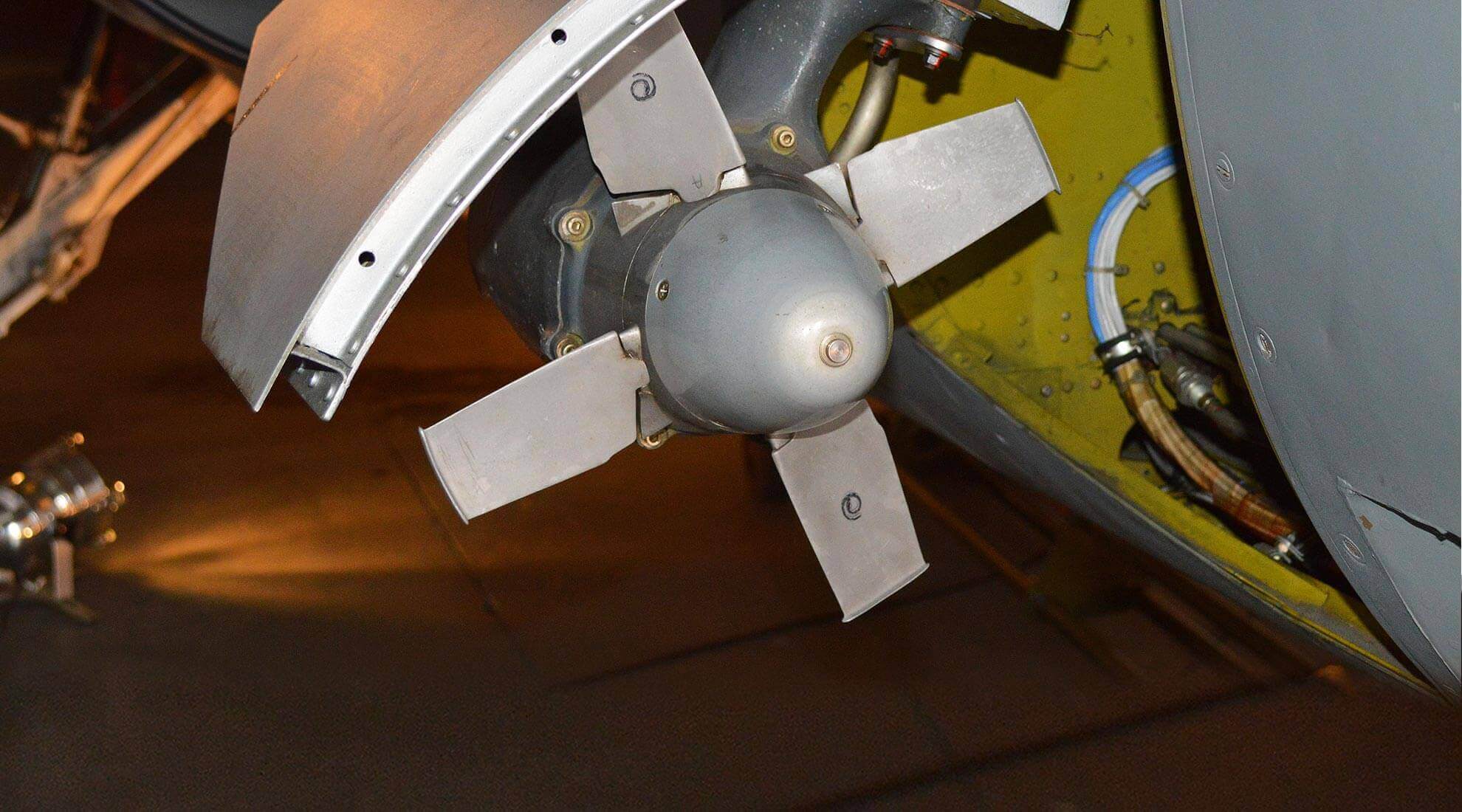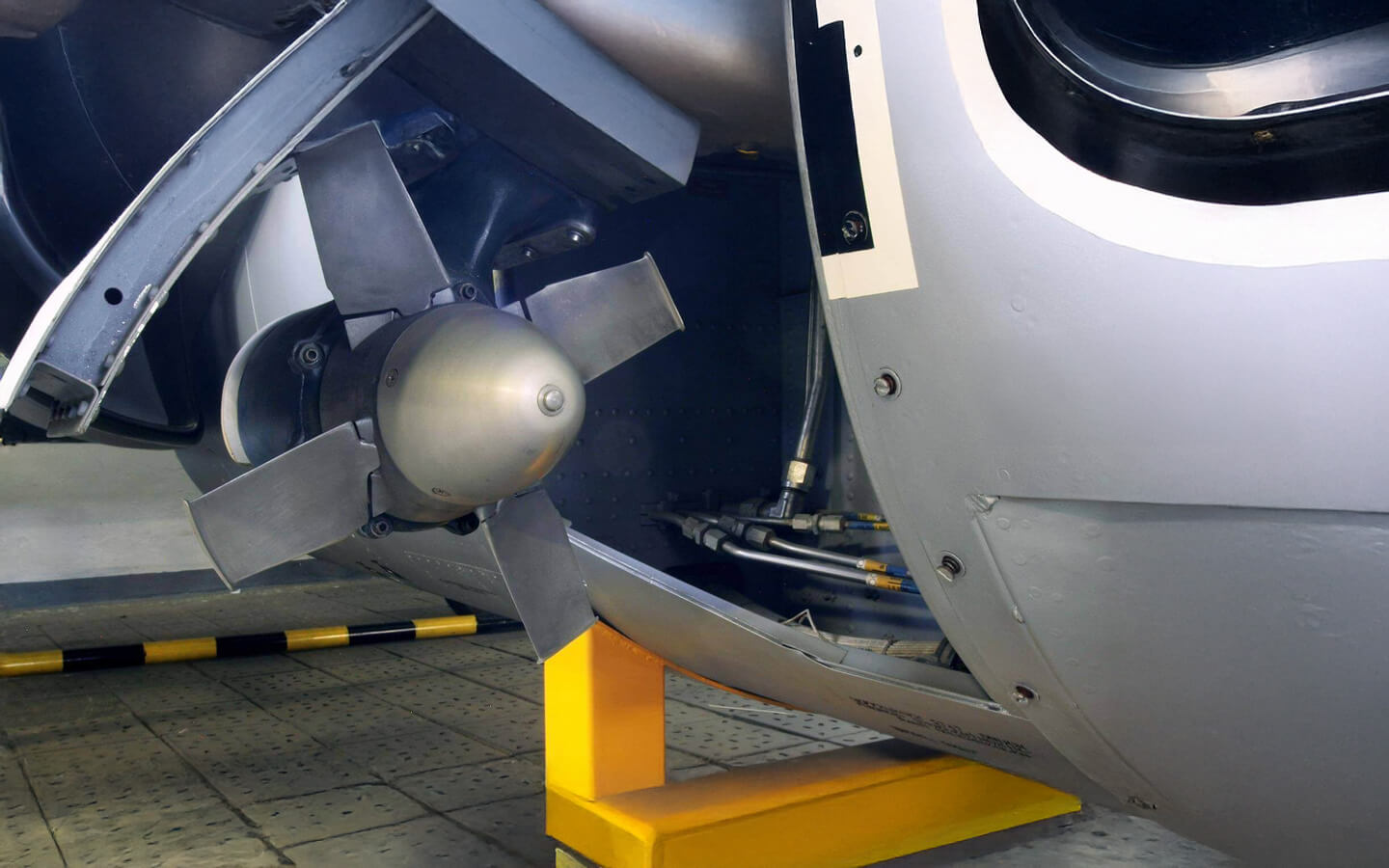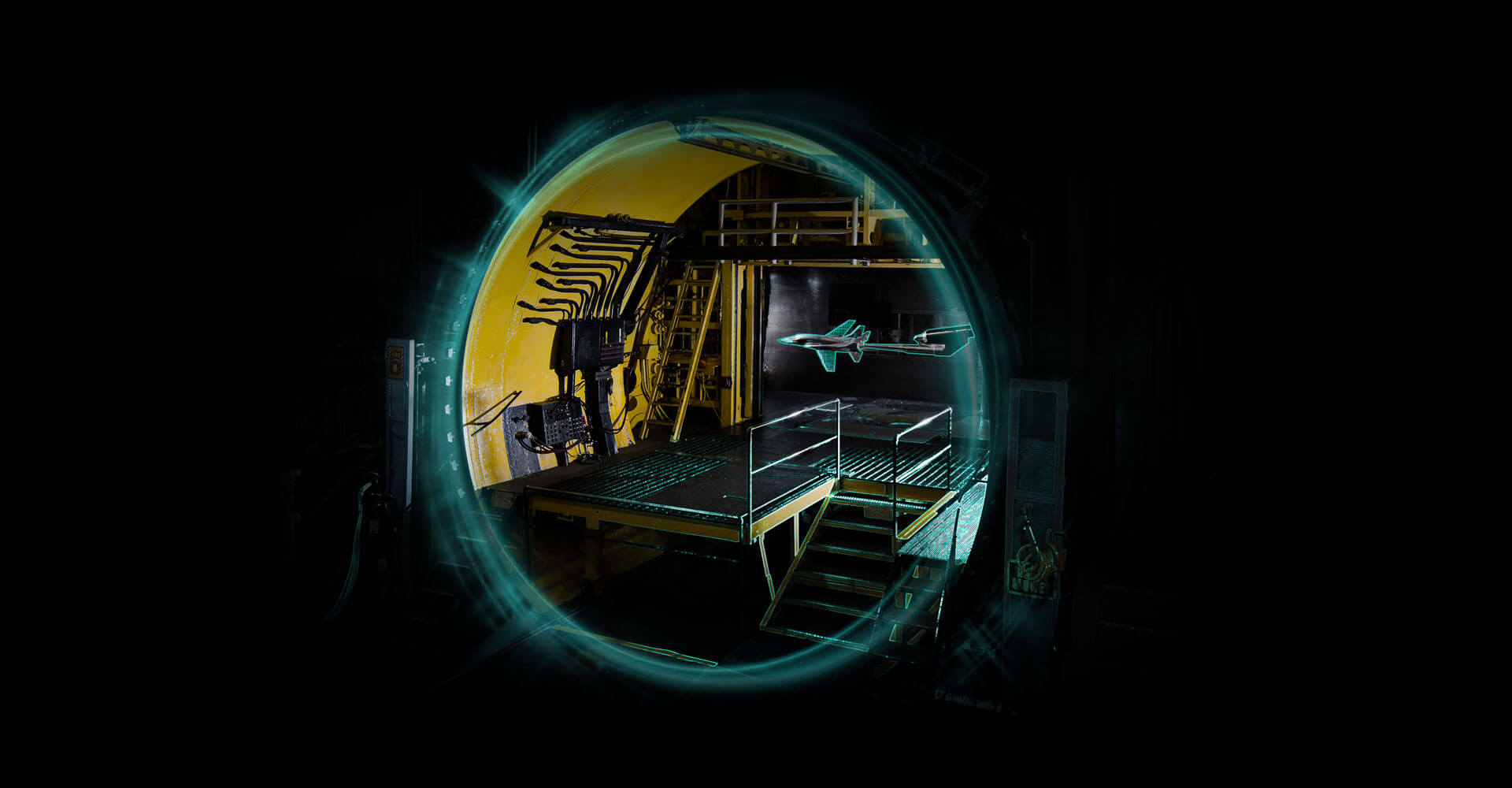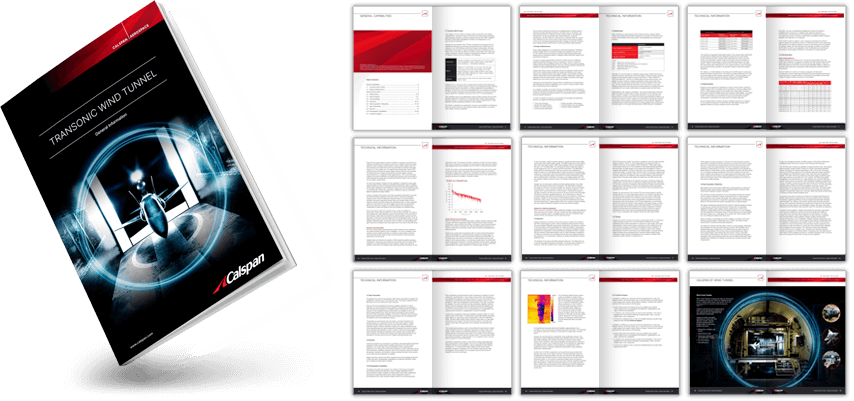Component, Endurance, and Qualification Testing

Calspan’s Ability to Modify the Test Section Structure is key to Component Endurance
- Test your full scale Ram Air Turbine or Pod at various stages of deployment or through hours of continuous operation.
- Tunnel pass-through allows for easy routing of hydraulic, pneumatic and electronic instrumentation.
- Large rigging area floor allow for large load banks and various other customer equipment.
- High pressure air farm, array of air pumps, and main drive fan means quickly traversing through different test conditions.

Versatile Test Infrastructure
Calspan’s adaptable test section design supports the qualification of flight hardware and other full-scale aerospace components, with structural modifications and instrumentation interfaces customized for each program.

Continuous Operation Capability
Closed-loop, variable-density airflow enables hours of uninterrupted testing—ideal for endurance and qualification campaigns.

Rapid Condition Changes
High-pressure air farms, auxiliary pumps, and powerful drive systems allow quick traversal through airspeed and altitude conditions to match real-world flight scenarios.

Structural Flexibility and Continuous Operation for Demanding Component Tests
Calspan’s Component, Endurance, and Qualification Testing services enable evaluation of aerospace components under realistic and repeatable aerodynamic conditions. Our ability to modify the test section structure allows for secure mounting of large, complex hardware—such as Ram Air Turbines (RATs), pods, and other external stores—at various stages of deployment or operation. With high-capacity drive fans, a variable-density tunnel, and extensive pass-throughs for hydraulic, pneumatic, and electrical systems, Calspan can simulate extended flight conditions for hours or days of continuous operation. This infrastructure supports qualification and endurance testing that verifies performance, reliability, and durability across the entire operational envelope.
Comprehensive Component Evaluation
Calspan’s facility is uniquely equipped to support mechanical, aerodynamic, and endurance testing of flight-critical systems such as Ram Air Turbines, external pods, and deployable devices. The large rigging floor area accommodates customer load banks, hydraulic rigs, and instrumentation setups. Integrated tunnel pass-throughs simplify routing for hydraulic, pneumatic, and electrical connections, ensuring safe and efficient data collection during complex test sequences.
Ram Air Turbine Performance Testing
A Ram Air Turbine (RAT) extracts energy from the airstream and converts it to hydraulic or electrical power. Using Calspan’s variable-density wind tunnel, customers can measure RAT power generation efficiency at multiple flight conditions. Independent control of airspeed and simulated altitude allows precise mapping of performance across the entire flight envelope. Auxiliary instrumentation, including strain gauges and accelerometers, enables assessment of dynamic behavior and structural integrity.
Deployment and Transient Testing
During deployment, RATs can generate transient loads, vibrations, and aerodynamic disturbances. Calspan’s test section configuration allows simulation of stowage and deployment from multiple orientations—sidewall, ceiling, or floor—to replicate true in-flight conditions. Customers can evaluate deployment shock effects, spin-up time, and system stability under various load conditions, ensuring readiness for emergency power generation in all scenarios.
Endurance and Durability Testing
RATs and similar components must deliver reliable power through extended operational periods. Calspan’s continuous-flow, closed-loop tunnel supports long-duration testing with dynamic load variation and minimal staff oversight. The result is a cost-effective endurance program that validates both component reliability and performance consistency under sustained aerodynamic loading.
Looking For More Information?
Apply to receive Calspan’s comprehensive documentation package, providing detailed specifications and insight into our wind tunnel systems and operations. The guide covers tunnel design and maintenance, model sizes, instrumentation, test hardware, data acquisition and reduction processes, transmittal protocols, security practices, and photographic capabilities—plus additional technical information supporting advanced aerodynamic testing programs.
